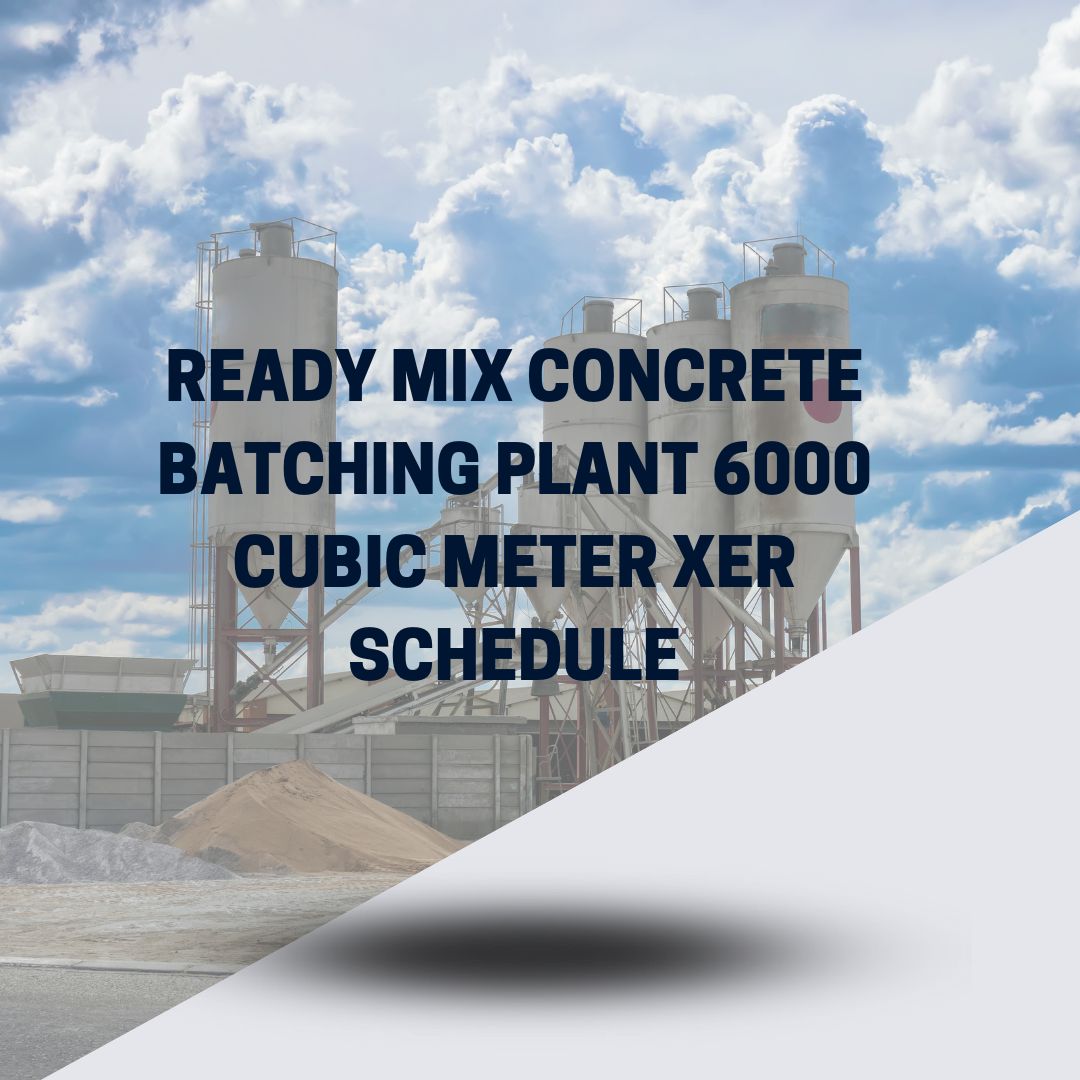Building a new home, or the next addition to an existing one, can be an expensive undertaking, and many people turn to modular construction as an affordable way of getting high-quality results without breaking the bank. While they’ve been around since the 1940s, and were used frequently during the 60s and 70s as well, modular homes are relatively new in today’s market. Here’s everything you need to know about modular construction and how it can help you build your dream home.

What is Modular Building?
Modular construction is a new way of building that uses standardized, pre-fabricated modules. These modules are typically shipped and assembled on-site to create a personalized home for the customer. Modular construction has many benefits, including cost savings, efficiency, and speed.
For example, modular homes can be completed in as little as six weeks from start to finish! When you compare modular construction to traditional building methods, it is easy to see why modular buildings have become so popular among builders.
Traditional building methods involve constructing each part of the house separately – from the foundation up – and then assembling them on site. This means more time and money are spent on labor costs for materials like lumber and drywall that need to be purchased in bulk for each project. On the other hand, when using modular construction, most or all of these supplies are delivered to the site already cut to size.
You save not only on labor but also on wasted materials which decreases your overall budget and timeline. Additionally, when working with a contractor who specializes in this type of work, they know how best to work within tight timelines because they’ve done it before. They will also know how to keep your budget under control while still providing quality service and products.
Why choose a Modular Building?
Modular construction has many benefits including efficiency and cost-effectiveness. Efficiency is a key factor in modular construction because it means the time to completion is reduced. This not only reduces cost but also helps to avoid the need for costly overtime. Cost-effectiveness is another advantage of modular construction because these structures are built offsite in a factory environment which lowers labor and material costs.
Additionally, modular buildings are designed with sustainability in mind which can be an important selling point for customers who want their facility to have a low environmental impact or LEED certification. Finally, modular buildings are constructed faster than traditional building methods which means less on-site congestion for the local community during construction. The following blog post will provide more information about the process of constructing a modular building from start to finish.
What are the Benefits?
Modular construction provides several benefits for both the home buyer and the builder. It is well-suited to custom designs, can be built faster than site-built homes, and is cost-effective because it requires less labor and materials. It also offers many advantages for builders who wish to offer environmentally sustainable housing.
The modular process begins with pre-fabricated panels that are assembled into modules on a manufacturing site. These modules are then transported to the building site where they are quickly assembled into a complete home. It’s not just quick – modular homes can be built in as little as six weeks!
Modular construction offers benefits for both the builder and the homeowner. For the builder, there are significant savings in labor and material costs. For homeowners, there is an opportunity to purchase or design a custom house without some of the extra time associated with traditional construction methods.
And it allows you access to what might be otherwise unavailable or prohibitively expensive high-quality fixtures such as marble counters or solid oak hardwood floors. There are many other options available through modular construction that make owning a new home more affordable, including free trade appliances and innovative design features such as open-concept floor plans with loft spaces above living areas.
How can I learn more?
If you are curious about modular construction or want to learn how to build a module, check out the following links.
- How does modular construction work?
- Why use modular construction?
- What makes a good module?
Building an affordable home with the right modules is possible. A lot of people make the mistake of thinking that modular housing is too expensive because they don’t understand how it works and how you can cut costs down by using the right methods.
Modular houses come in two types: site-built and panelized houses. Panelized homes come pre-built and assembled at the factory so they can be quickly transported to your site and installed without any need for extra equipment or labor during installation. Site-built homes require more on-site labor but also offer more flexibility in terms of design options, which is important if your house will be situated in an area where there are strict zoning restrictions in place that prohibit building certain types of houses on a given property.
Leave a Reply
You must be logged in to post a comment.


























































